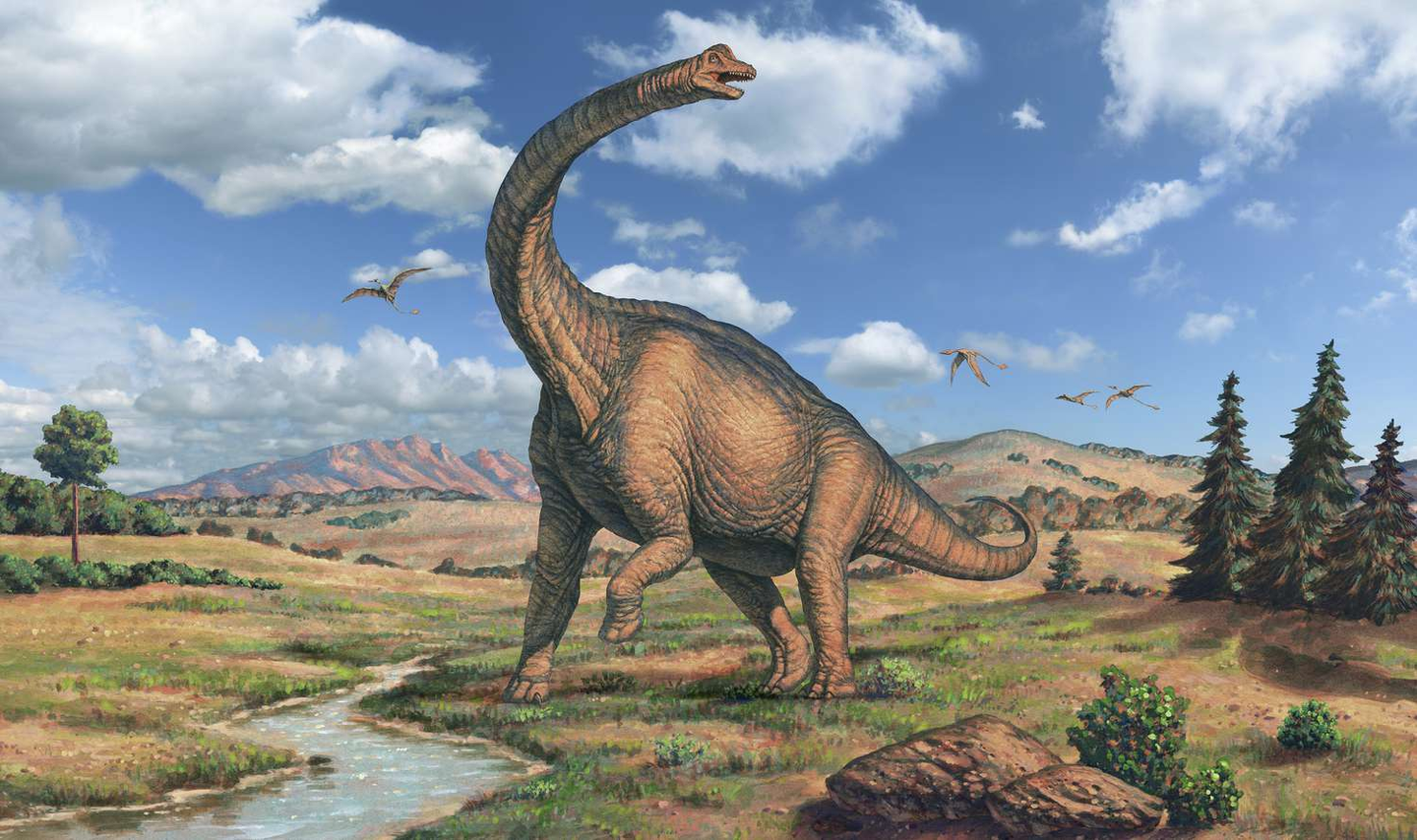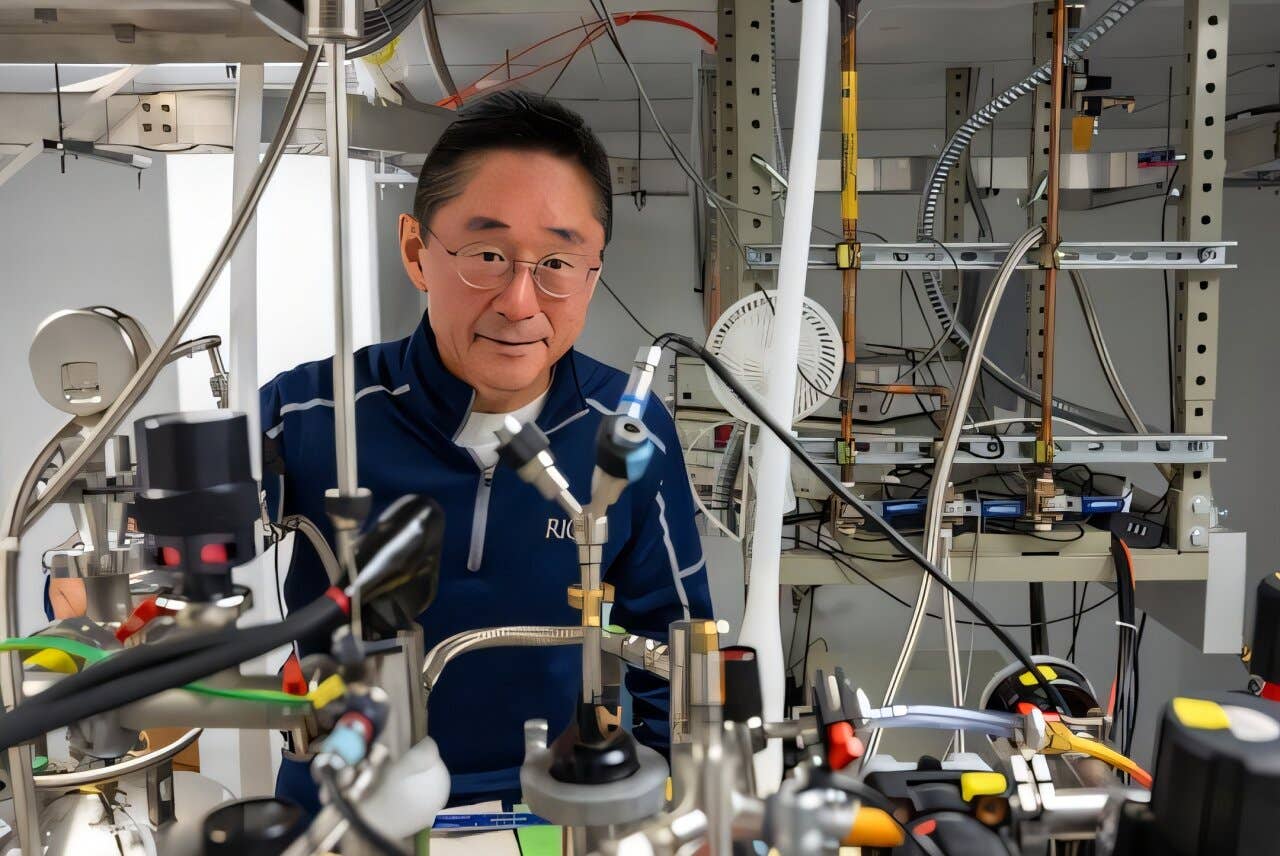Scientists discovered why dinosaurs became so large
The discovery of Macrocollum itaquii has provided a crucial link between the earliest small dinosaurs and the colossal giants

The discovery of Macrocollum itaquii has provided a crucial link between the earliest small dinosaurs and the colossal giants that roamed later periods. This dinosaur, buried 225 million years ago in what is now Agudo, a town in Rio Grande do Sul, Brazil, is the oldest known dinosaur to possess air sacs, a feature that played a significant role in their evolutionary success.
Air sacs are bone cavities that still exist in modern birds. These structures allowed dinosaurs to capture more oxygen, regulate their body temperature, and thrive in harsh environments. They also contributed to the evolution of some of the largest dinosaurs, such as Tyrannosaurus rex and Brachiosaurus.
The findings were published in The Anatomical Record journal by researchers from the State University of Campinas (UNICAMP) in São Paulo, Brazil. Tito Aureliano, the study's lead author, conducted this research as part of his Ph.D. at UNICAMP's Institute of Geosciences.
"Air sacs made their bones less dense, allowing them to grow to more than 30 meters in length," said Aureliano. He explained that M. itaquii, measuring about 3 meters long, was the largest dinosaur of its time. A few million years earlier, the largest dinosaurs were only about 1 meter long. "Air sacs certainly facilitated this increase in size," he added.
The study was part of the "Taphonomic landscapes" project, which investigates how organisms decay and fossilize. Fresia Ricardi-Branco, the project’s principal investigator and a professor at IG-UNICAMP, highlighted the significance of this discovery. "This was one of the first dinosaurs to walk the Earth, in the Triassic period," she said.
"The air sac adaptation enabled it to grow and withstand the climate of this period and later, in the Jurassic and Cretaceous. Air sacs gave dinosaurs an evolutionary advantage over other groups, such as mammals, allowing them to diversify faster."
Related Stories
In earlier research, the group found that the earliest fossils lacked air sacs, suggesting this trait evolved independently at least three times. M. itaquii, a bipedal sauropodomorph, was an ancestor of the giant quadrupeds with small heads and long necks.
Before the discovery in M. itaquii, air sacs were known to consist of either camerate (hollow spaces observed by microtomography) or camellate (spongy bone) tissue.
However, the researchers found a new type of tissue in M. itaquii's vertebrae, which they termed "protocamerate." This tissue is neither fully camerate nor camellate but has an intermediate texture.
"The most widely held hypothesis until now was that air sacs began as camerae and evolved into camellae. Our proposal, based on what we observed in this specimen, is that this other form existed first," Aureliano said.
This discovery also changes the understanding of air sac evolution. Previous research suggested that air sacs first appeared in the abdominal region and did not appear in the cervical region until the early Jurassic, about 190 million years ago. However, M. itaquii shows clear evidence of air sacs in the cervical and dorsal regions, with no sign of these structures in the abdominal region.
"It's as if evolution had conducted different experiments until it arrived at the definitive system, in which air sacs run from the cervical region to the tail. It wasn't a linear process," Aureliano explained.
This finding highlights the complexity of dinosaur evolution and the various adaptations that enabled these creatures to dominate their environments. The discovery of M. itaquii and its air sacs provides a new perspective on how these fascinating animals evolved over millions of years, bridging the gap between early small dinosaurs and the enormous giants that captivate our imaginations today.
For more science stories check out our New Discoveries section at The Brighter Side of News.
Note: Materials provided above by The Brighter Side of News under a Creative Commons license. Content may be edited for style and length.
Like these kind of feel good stories? Get the Brighter Side of News' newsletter.
Joshua Shavit
Science & Technology Writer | AI and Robotics Reporter
Joshua Shavit is a Los Angeles-based science and technology writer with a passion for exploring the breakthroughs shaping the future. As a contributor to The Brighter Side of News, he focuses on positive and transformative advancements in AI, technology, physics, engineering, robotics and space science. Joshua is currently working towards a Bachelor of Science in Business Administration at the University of California, Berkeley. He combines his academic background with a talent for storytelling, making complex scientific discoveries engaging and accessible. His work highlights the innovators behind the ideas, bringing readers closer to the people driving progress.



